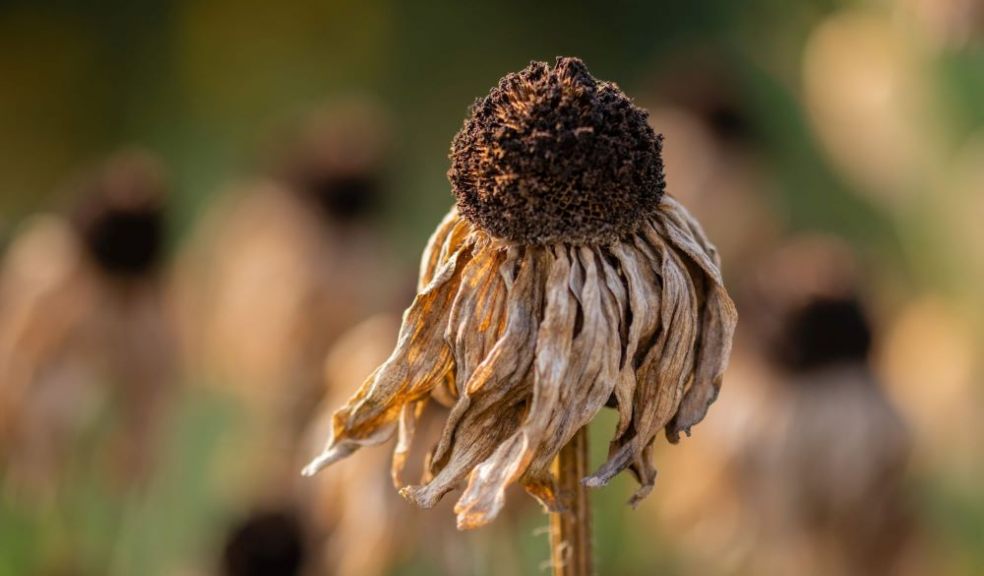
Scotland faces the risk of droughts becoming three times more frequent in the next decades
Using modelled temperature and precipitation data, a study by NatureScot shows that Scotland could experience an increase in ‘extreme droughts’ from 2020 to 2049, due to climate change. The research, which has been able to identify the most at-risk areas, has also found that rivers could become hotspots for water scarcity.
Fairlie Kirkpatrick Baird, who undertook the study, has said: “When we think of extreme climate events in Scotland, we usually think of flooding and storms, but droughts are increasing here too. As in the drought over the summer of 2018, we are already seeing the negative impacts that can have on human and ecological environments.” He is referring to events such as the water shortages that led to several distilleries suspending production during the summer of 2018, as well as wildfires on the Western Isles and Moray and a historic decline in salmon catches in the same period.
Indeed, droughts are not common in Scotland - up until now, they used to happen every 20 years. But the data showed by NatureScot is clear: droughts are likely to start happening once every three years by 2040, they will last longer and will be more extreme. The concerns go beyond the effects of this climate change on the citizens, as an increase in droughts would have a massive impact on the great biodiversity of the country.
“Although Scotland may be famed for its wet weather,” said David Harley, head of water and planning at the Scottish Environment Protection Agency (SEPA), “we remain at risk from drought and water scarcity due to the impact of climate change.” The most affected areas, that could suffer a drought once every year and a half according to the research, would be Aberdeenshire, Speyside, Caithness, Orkney and Shetland.
However terrifying these findings may appear, they are a great tool to raise awareness about the risks of global warming and how important it is for us as a country to take care of our wetland ecosystems. Something that NatureScot has tirelessly been working on for years, focusing on nature-based solutions and conservation practices.
The results of NatureScot’s research are not the only concerns about water that have been raised in the UK lately. Last summer, not a single English river passed the quality tests for pollution and 86% of them didn’t qualify as of “good ecological standard” (a rating that considers how close the waters are to their natural state).
Of course, it is agriculture, sewage discharge and chemicals that have the highest impact on river quality, in the same way that fruit and vegetable farming, the textile industry and the meat industry are the biggest contributors to water consumption. But even small businesses play a part in the climate change crisis. And while it is important to demand that the government applies stricter measures to fight the root cause of global warming and water pollution, everyday people can help tackle these issues with small changes in their lives.
Getting to know how sustainable your utility companies are (from the views of your business water retailer on water efficiency to how your electricity provider offsets their polluting emissions) and understanding the effects of our consumption habits (producing a pair of jeans requires around 7600 litres of water, whilst a maximum of 1200 litres may be needed to produce a 2-litre bottle of soda) are the first steps in the right direction. Some very much needed steps to slow down the effects of the climate change that is already upon us.



















